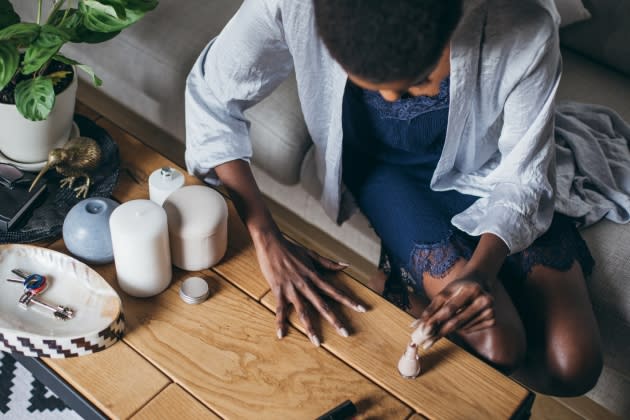Pantone Expands SkinTone Guide to Help Creatives Further Diversity

For the first time in 10 years, Pantone LLC is broadening its SkinTone Guide to appeal to a wider audience.
Initially launched with 110 skin tones for the cosmetics industry, the extended range has 28 additional color options and is targeted at a broader range of creatives. Along with beauty, the guide is suitable for such other sectors as fashion, home, interiors, the metaverse, prosthetics and toys. The guide can be applied to product development, packaging, advertising and more. As more brands and corporations are trying to be more inclusive, Pantone is trying to offer them a tool to expedite those efforts with more hues for members of the Asian American and Pacific Islander (AAPI) and Black communities. The updated version is a nod to the importance of greater representation and inclusivity.
More from WWD
Tannese Williams, product manager for fashion, home and interiors for Pantone, said, “This is a really great time in our society to express that and celebrate that. It’s opening up conversations that need to be had. It’s OK to talk about wanting to be more inclusive. Whether they are Asian, Black or white, everyone can have a conversation and be comfortable.”
Skin-tone bias, which reveals an automatic preference for light skin versus dark skin, is one of the dimensions of racial bias that is being given greater consideration by some corporations and academics, including the long-term research study Project Implicit at Harvard University. A May 2020 report by the Association of National Advertisers’ indicated that 75 percent of its members had an organization-wide supplier diversity initiative, but only 40 percent had one for marketing and advertising services.
To that end, the SkinTone Guide, which is integrated into the digital platform Pantone Connect, can help creatives be more inclusive through advertising and product development — whatever that product is, Williams said. Avatars and other digital applications are increasingly of interest. Another change to the guide is an intentional omission — nude is no longer referenced due to the breadth of options. Some voice-of-the-customer participants also said they didn’t want to have to blend two products to get the right match or to be conscientious about an ill-colored bra strap showing through their clothes. “Nude is not just one nude.”
Through Pantone-led global VoCs, Black participants said they weren’t finding appropriate skin tone matches, Williams said. Consumers also indicated that “there needs to be more color that represents the world and all of its races,” she said.
Along with the more expected areas that have good reason for the skin tone guide like athleisure, lingerie and cosmetics, interest in it has gained in the bridal sector, film production and nail design, Williams noted.
Although more skin tone colors exist, the count is currently capped at 138 so that the untrained human eye can see the difference between shades and so that the standardized color can be reproduced.
Best of WWD

